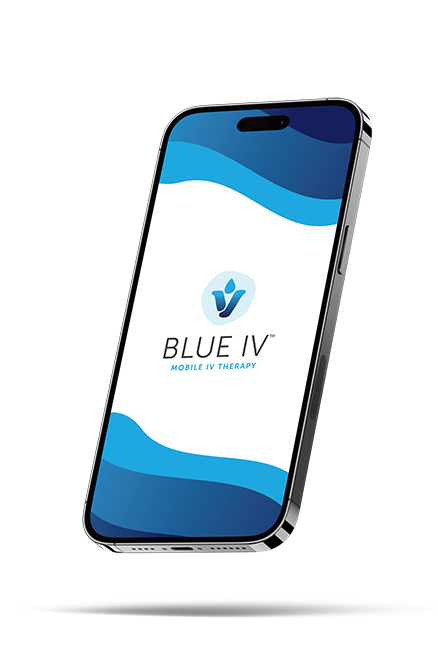While IV stands for intravenous, meaning “inside the vein,” the acronym has taken on a meaning of its own. IV therapy is one of the most common treatments in patient care, with over a billion IVs placed worldwide every year.
One of the reasons IV therapy is so popular is that it bypasses the digestive system to deliver crucial hydration, minerals, and electrolytes right to the highways and byways of the body. When you need to feel better fast, few routes are more efficient than an IV. But what is an IV, and what does IV therapy entail?
What is an IV for?
All IVs are made up mostly of fluid, giving the body a boost of hydration to perform its essential functions and to relieve conditions such as fatigue, headache, or hangovers. Based on your self-care goals, your provider may add other dissolved substances, such as vitamins B, B12, C, and D; electrolytes like magnesium, sodium chloride, and potassium; and other compounds, to support your immune system, quickly rehydrate your body, or help improve energy.
How are IVs placed?
A trained professional, such as a nurse or paramedic, starts by examining your veins to determine which ones are best for inserting a thin, flexible plastic tube called a catheter. The best veins for an IV are relatively straight (without branching) and have a spongy feel to them when lightly compressed. Health care professionals often use the vein in the bend of the elbow, as it tends to be the easiest to see and access.
After selecting a good candidate, the medical professional will clean your skin and prepare the materials. They may apply a tight band called a tourniquet, which temporarily blocks blood flow and enlarges your veins to make them easier to see and feel. Finally, they’ll carefully insert the IV catheter into your vein — which acts like a sheath around a needle — attach any tubing, and remove the needle, leaving only the catheter behind ready to deliver the IV fluids.
You may experience minor discomfort with insertion, but you shouldn’t feel any pain at the site once the needle is removed.
Are there different types of IVs?
While the delivery method is the same for all IVs, catheter size can vary. Catheter size is determined by gauge, with a lower number meaning a larger tube. Health care professionals typically use 16- to 24-gauge catheters on adults, opting for the smallest size that will successfully deliver your treatment to minimize any discomfort.
The amount of time it takes to administer an IV — called the infusion rate or simply “the rate” — also varies. It largely depends on how your body uses the fluids being infused into your bloodstream. Once determined, gravity may control the rate (which is why IVs hang from poles) or an electronic pump that regulates the infusion speed.
Innovations in IV therapy: From the hospital to your living room
For most people, IV therapy evokes the image of a patient wearing a gown in a hospital room with tubes taped to their arm, leading to colorful bags of fluid. IVs are certainly used in traditional hospital settings, but this isn’t the most accessible setting if you’re simply looking for hydration or self-care.
To remedy this, home-based services like Blue-IV bring the benefits of IV therapy to you. You can select the IV therapy that targets your goals and book a skilled medical professional to get you what you need on your schedule.
While mobile IV therapy isn’t a replacement for medical treatment, it can be an excellent way to treat yourself to quick relief from a headache or hangover, take a relaxing moment to yourself, or contribute to your overall wellness.

